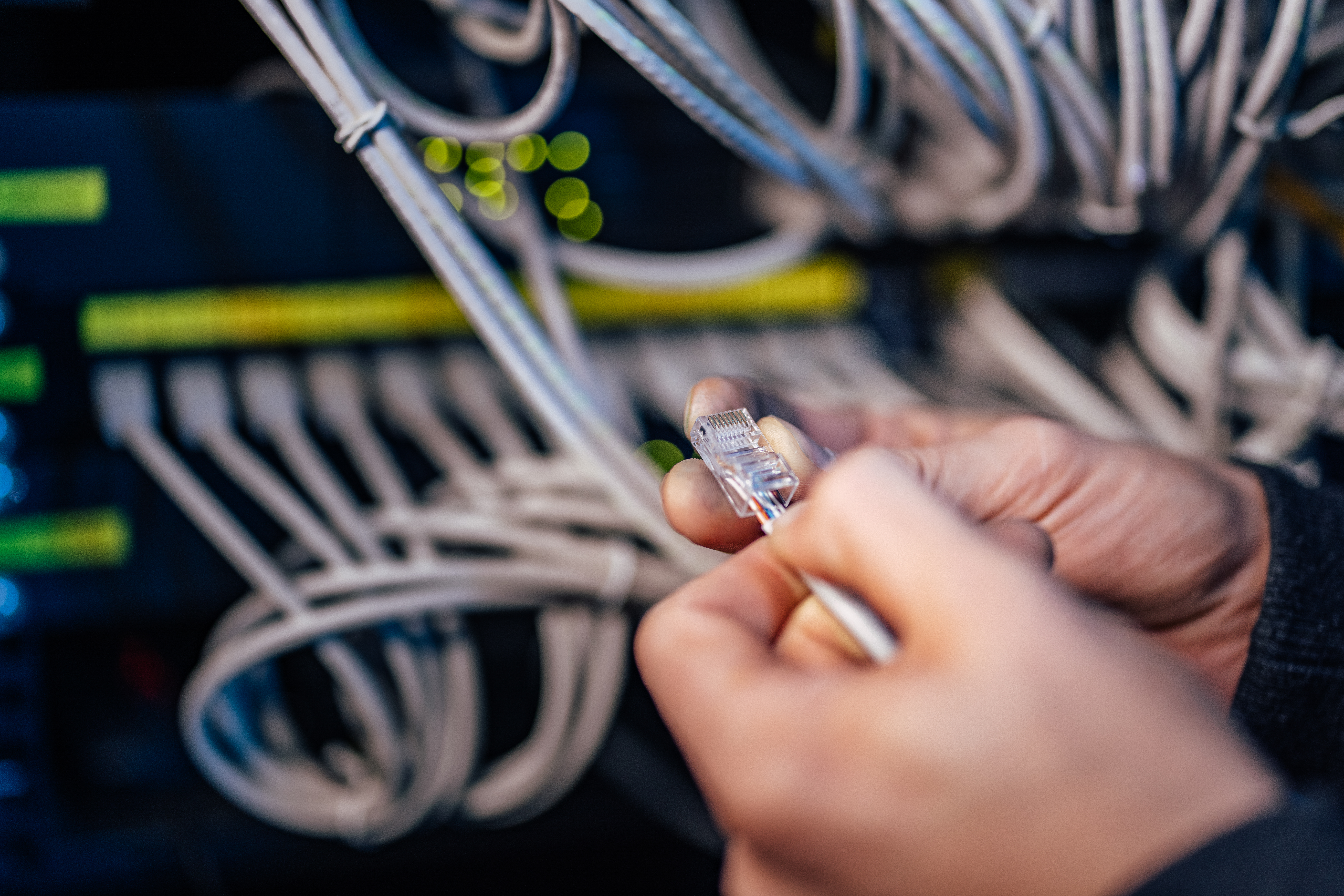Key Insights for Understanding Network Cabling in 2024

Understanding network cabling, which encompasses the physical infrastructure connecting devices, is crucial for ensuring seamless data transmission within any organization or network setup. Network cabling is essential for establishing a reliable and efficient communication network within an organization or between different locations. Proper cabling infrastructure ensures high-speed data transfer, low latency, and minimal data loss. It also facilitates the sharing of resources, such as files, printers, and internet connectivity, among networked devices.
There are different types of network cabling options available, such as Ethernet cables (Cat5, Cat5e, Cat6, and Cat7), fiber optic cable, coaxial cable and twisted pair cable. These cables have specific characteristics, performance standards, and transmission speeds, which determine their suitability for different network environments. Description of the common types of network cables:
- Ethernet Cable (Cat5, Cat5e, Cat6, Cat6a, Cat7): Ethernet cables are the most commonly used network cables for connecting devices within a local area network (LAN). They are twisted pair cables that use copper conductors to transmit data signals. Different categories of Ethernet cables (Cat5, Cat5e, Cat6, Cat6a, Cat7) support varying data transmission speeds and frequencies.
- Fiber Optic Cable: Fiber optic cables use light rather than electrical signals to transmit data. They are made of glass or plastic fibers that carry data signals over long distances at high speeds. Fiber optic cables are known for their high bandwidth, low latency, and immunity to electromagnetic interference.
- Coaxial Cable: Coaxial cables consist of a central conductor surrounded by insulating layers and a shield. They are commonly used for cable television (CATV) and internet connections, supporting broadband network applications.
- Twisted Pair Cable: Twisted pair cables consist of pairs of insulated copper wires twisted together to reduce interference and cross-talk. They are used in Ethernet and telephone networks.
Designing and implementing network cabling infrastructure requires careful planning to ensure optimal performance and scalability. Factors such as cable length, cable type, termination methods, cable management, and network layout need to be considered during the installation process.
Regular maintenance and proper management of network cabling are also crucial to ensure the reliability and stability of the network and troubleshooting issues related to cabling faults, cable damage, and connectivity.
Understanding network cabling, which encompasses the physical infrastructure connecting devices, is crucial for ensuring seamless data transmission within any organization or network setup. Learn more about the importance of proper network cabling.
At Computer Networking Services, we’re dedicated to delivering top-tier solutions tailored to your networking needs. Whether you’re establishing a new office or upgrading an existing setup, our seasoned experts are at your service.
Our approach to network design and planning is meticulous and client-centered. We prioritize scalability, efficiency, reliability, security, and cost-effectiveness, ensuring that your network infrastructure aligns perfectly with your business objectives. Call us now at (281) 845-1916 to request an assessment of your networking needs.


